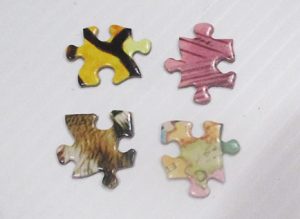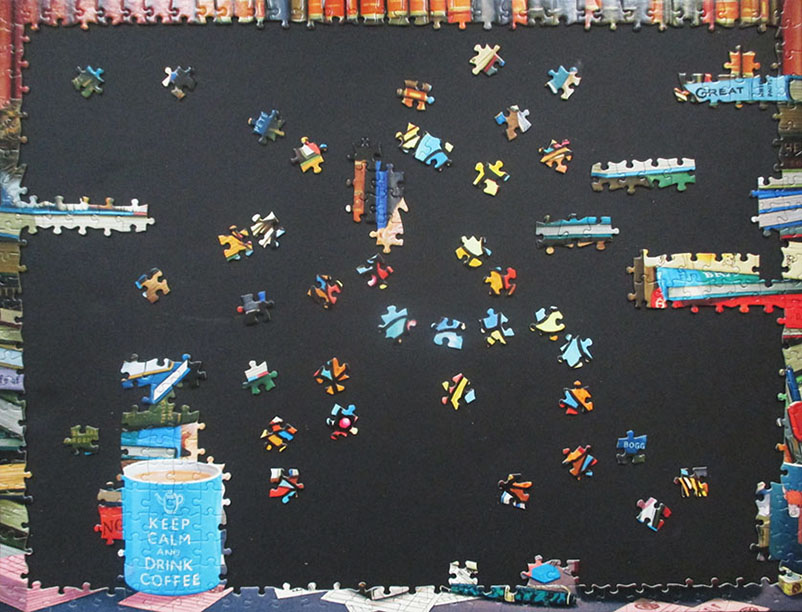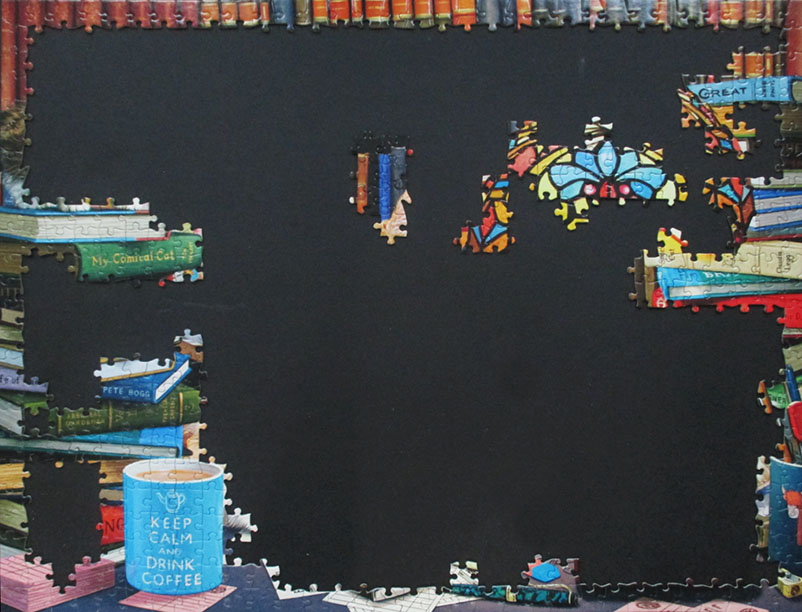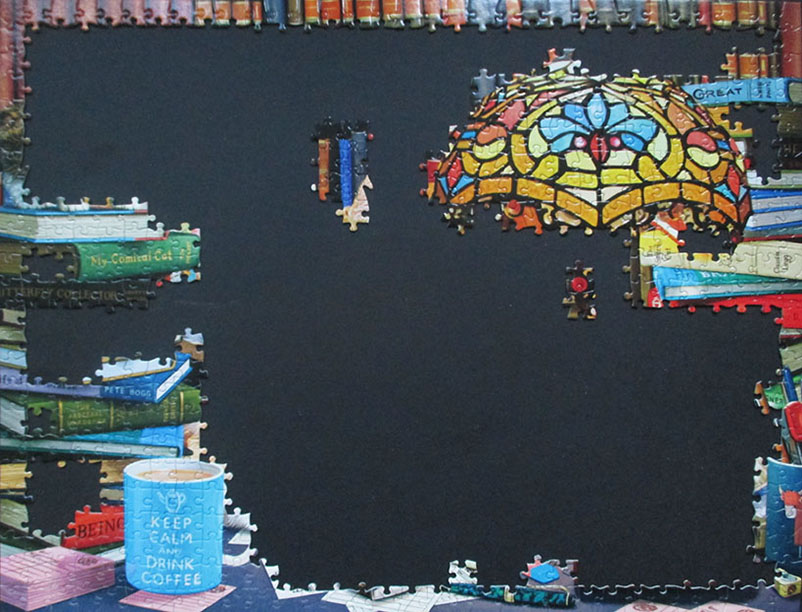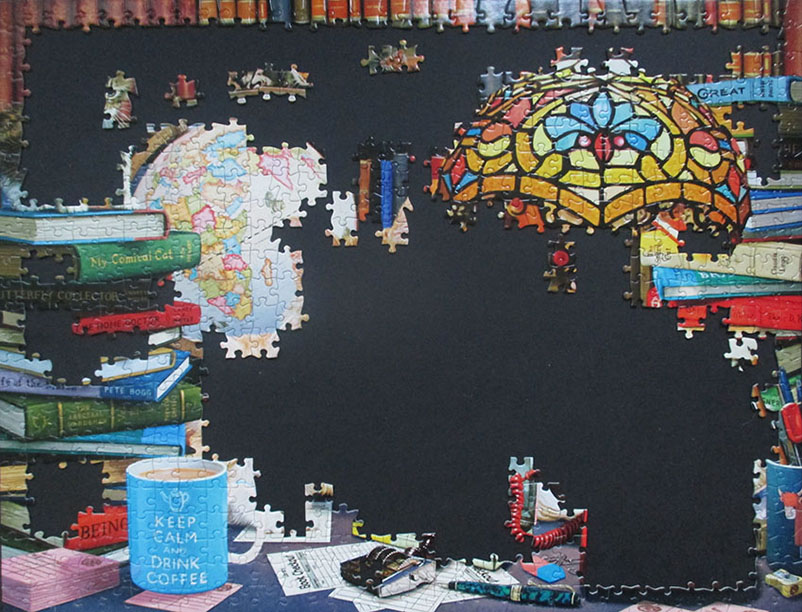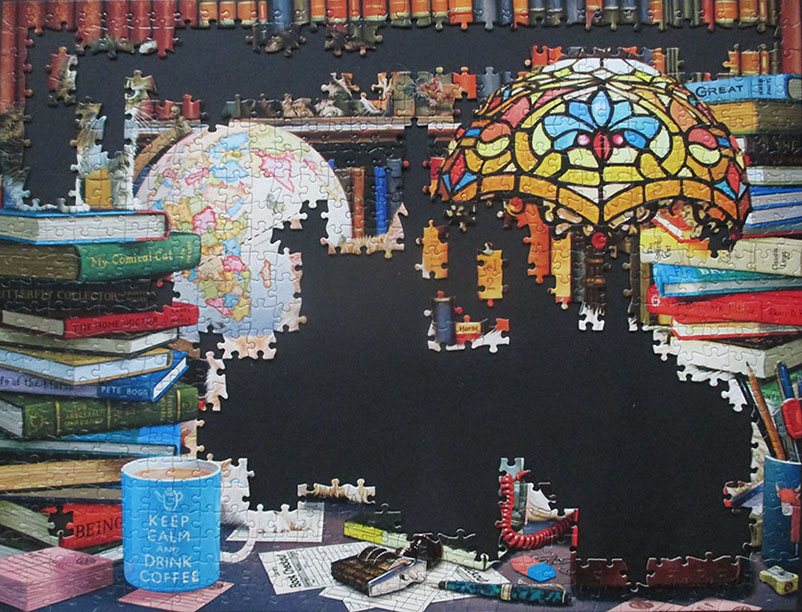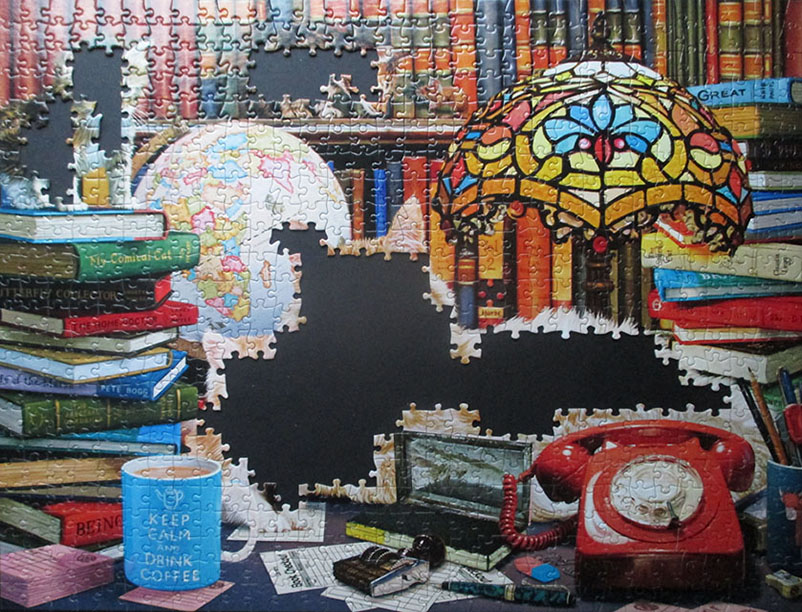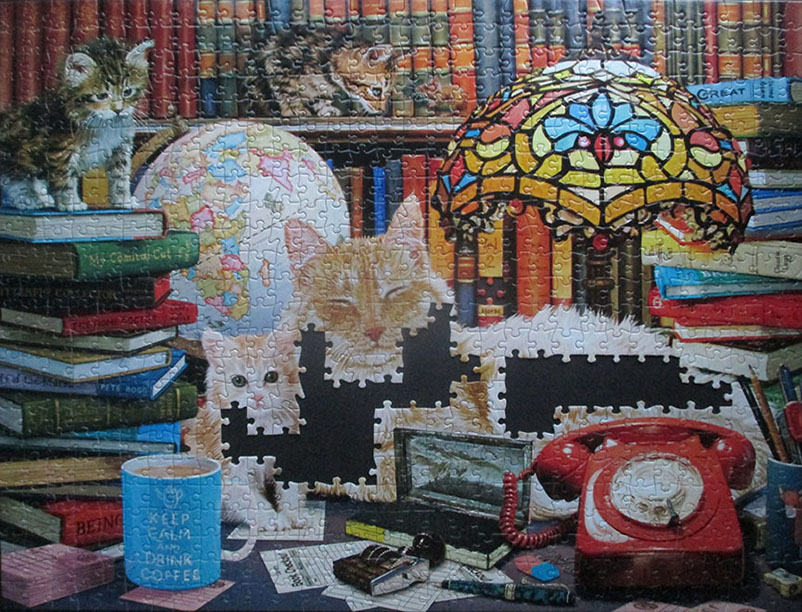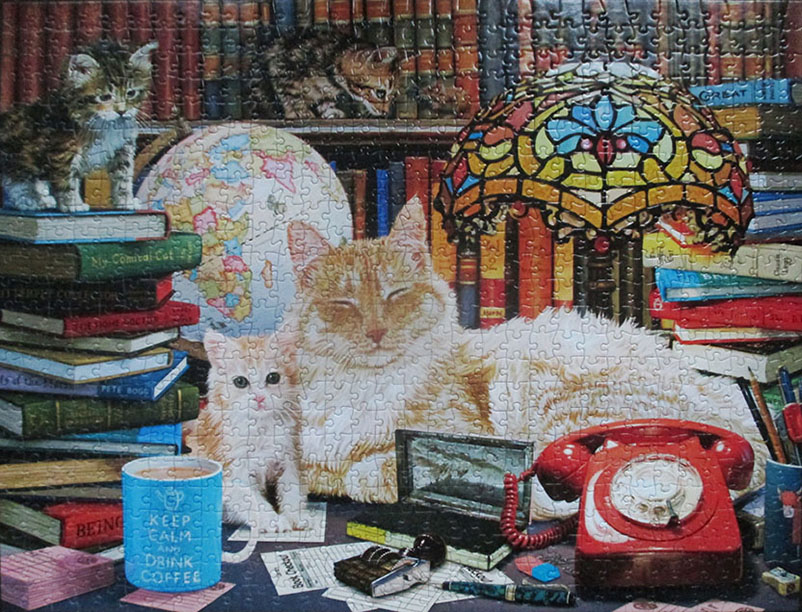A nice, quiet, reflective little book. I thought momentarily from the title that the focus would be the garden the author planted in what she felt were her final years- but really, it glances back to many different gardens she had throughout her life. From ones she barely participated in as a child, to those of family members and neighbors she visited, but mostly the gardens she planted and tended in various homes she lived in through her adult years. Each chapter has a loose focus on a certain plant or flower, telling what it meant to her, what family member or friend it reminds her of, how cuttings or shoots of it were handed down through the family or among gardening friends. I expected to glean little bits of gardening advice and lore, but what more I picked up on was the closeness of family among many moves and restarts, new beginnings all over again. The comfort that came in growing things from the soil, that familiar work with hands in the dirt. Simply joys in seeing birds and butterflies visit her plants, reassurance in knowing she’d done some good to support the natural world, when all else around might seem to be falling apart with misuse, pollution and global warming. I felt a bit distracted throughout, not always following closely who the various people she spoke of were, and missing more depth and detail about the actual gardens (I could well have read this book were it twice as long)- but for what it was, very nice. The finely drawn, black-and-white illustrations by Bobbi Angell are lovely.
I received my copy from LibraryThing Early Reviewers program, in exchange for an honest review.

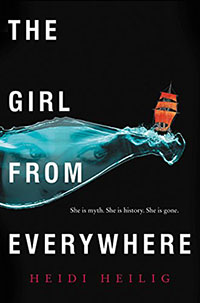


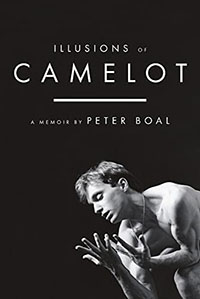
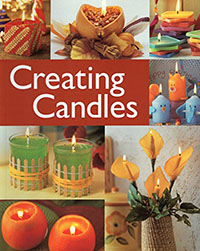
 I’ve been spending just as much time of my free time puzzling as reading, lately. So here’s another one. While the picture isn’t a big favorite of mine (my eighteen-year-old commented on how old fashioned it looked) I really enjoyed putting this one together. The pieces had such crazy shapes! Some perfectly ordinary two knobs, two holes. And then all kinds of weird shapes, some very skinny, others tiny little wedges. Quite a few that looked like edge pieces, but weren’t. I didn’t mind at all, in fact I find these the most fun to assemble.
I’ve been spending just as much time of my free time puzzling as reading, lately. So here’s another one. While the picture isn’t a big favorite of mine (my eighteen-year-old commented on how old fashioned it looked) I really enjoyed putting this one together. The pieces had such crazy shapes! Some perfectly ordinary two knobs, two holes. And then all kinds of weird shapes, some very skinny, others tiny little wedges. Quite a few that looked like edge pieces, but weren’t. I didn’t mind at all, in fact I find these the most fun to assemble.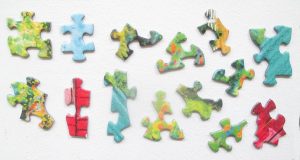
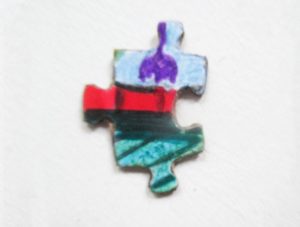

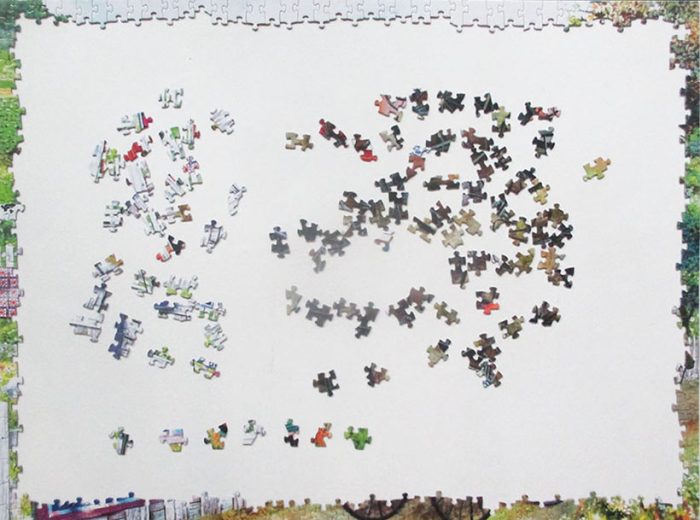
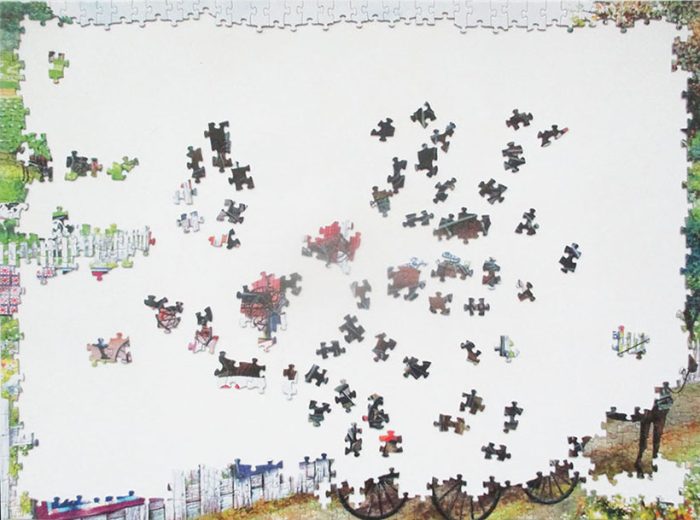
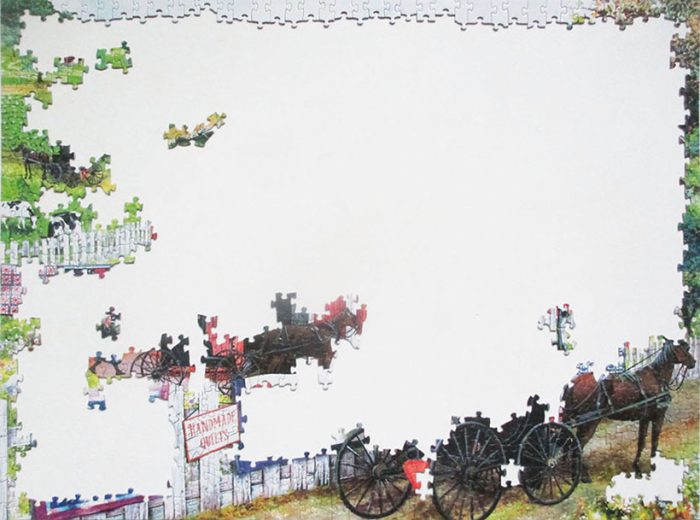
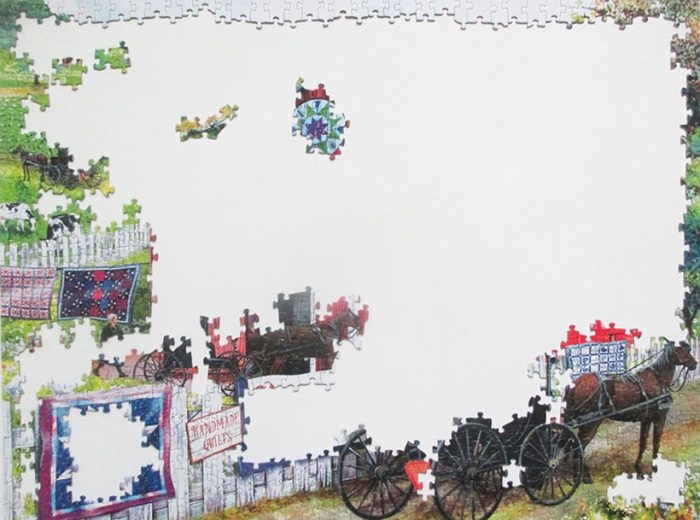
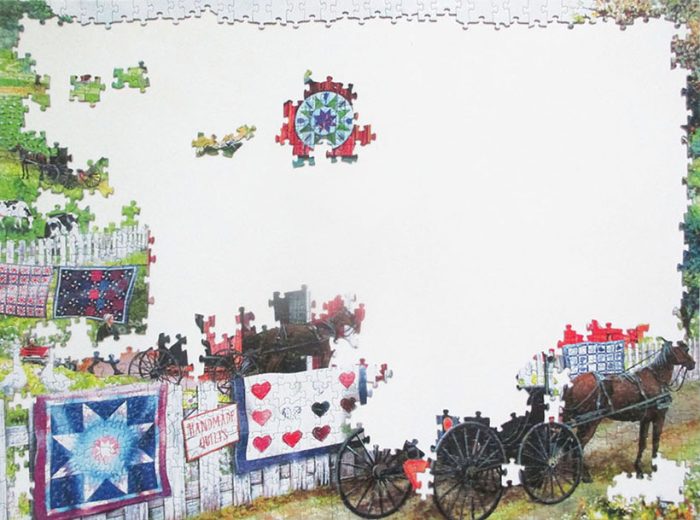

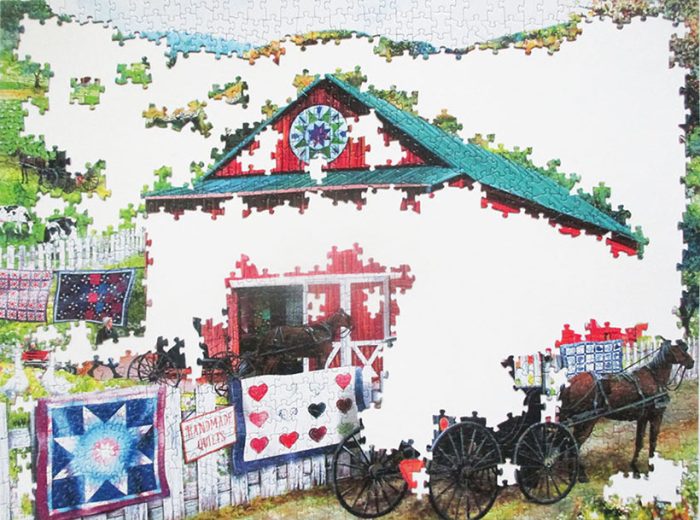
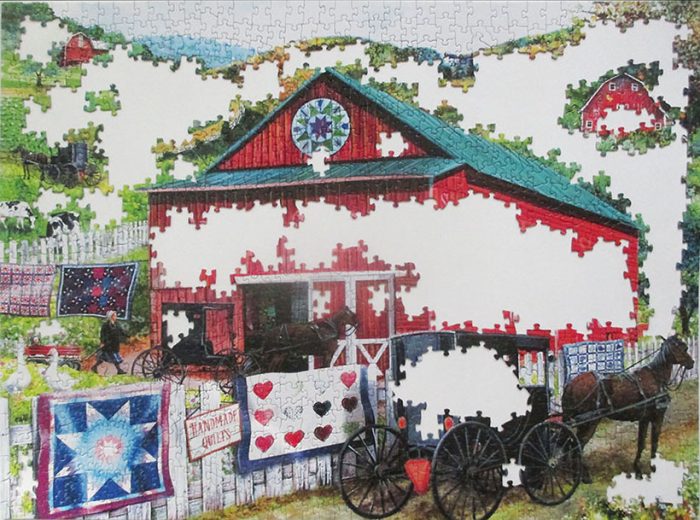
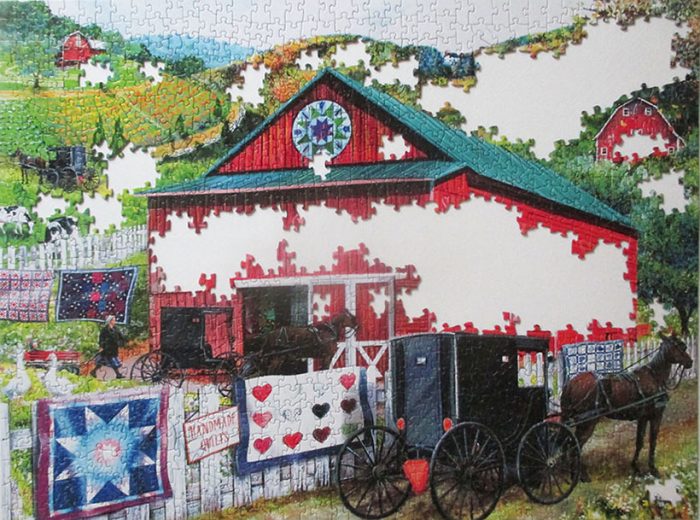


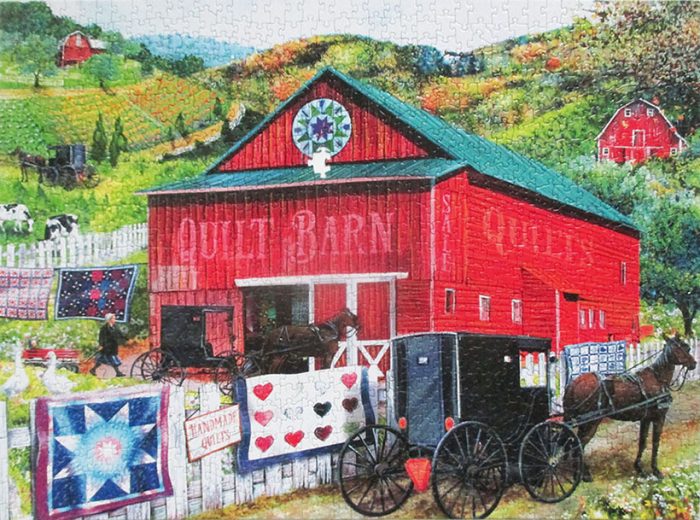
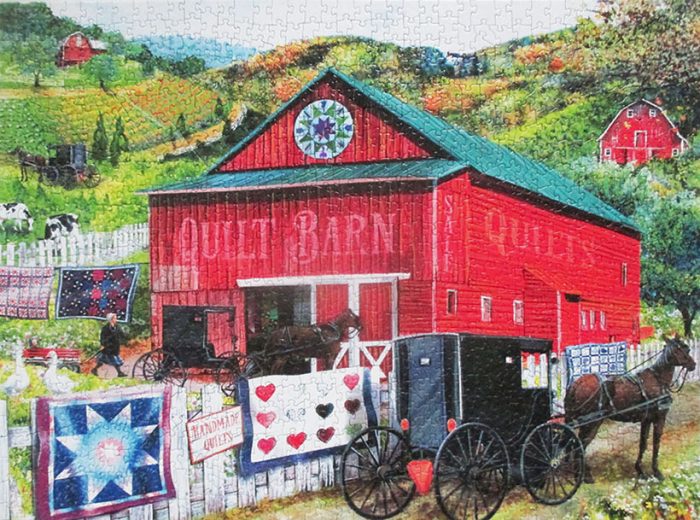

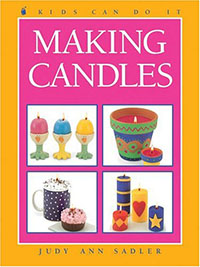
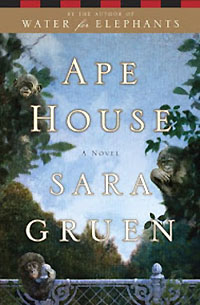
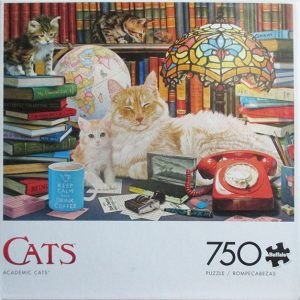 Another of the
Another of the 